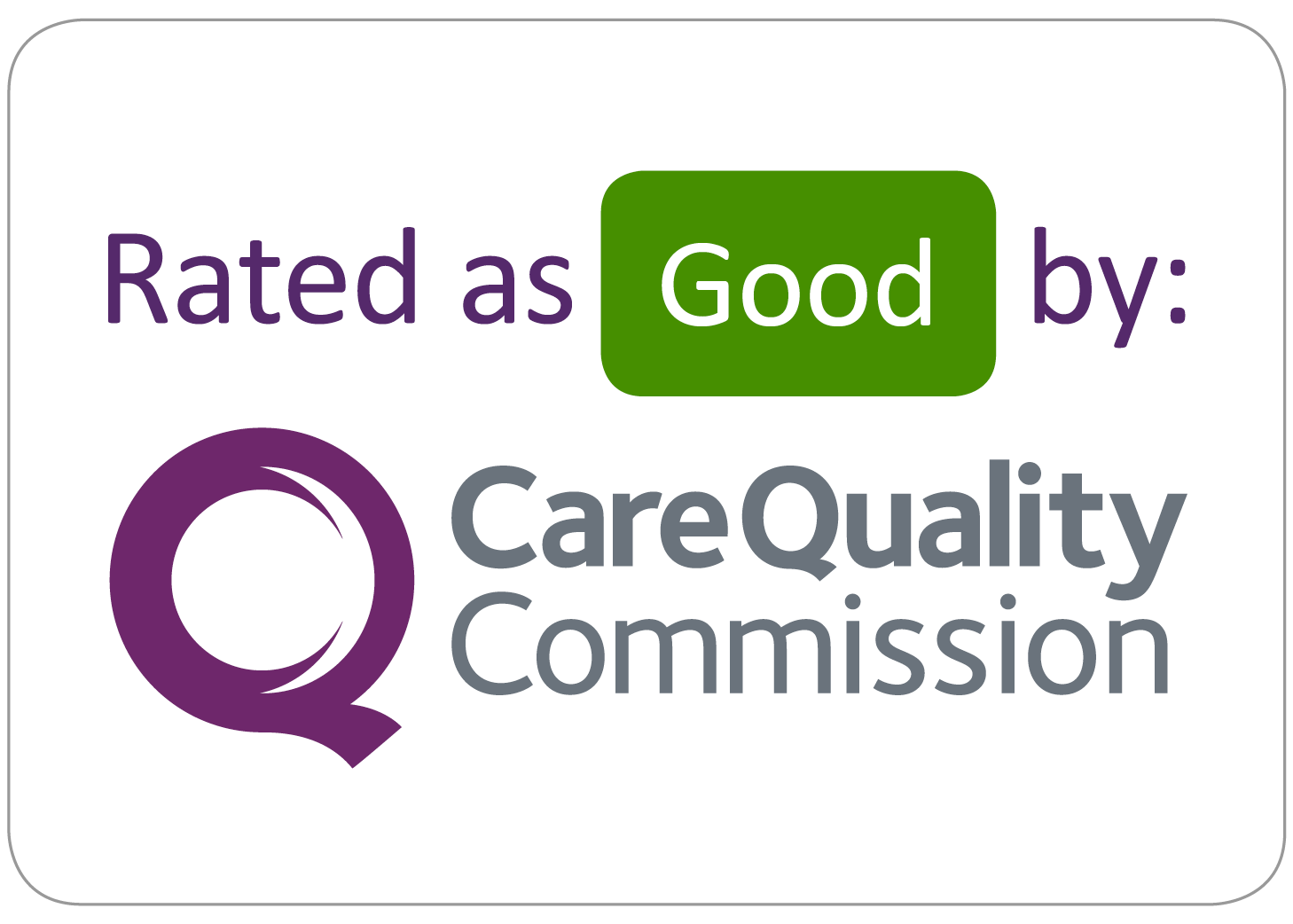Neuroendocrine Cancer of the Small Bowel
The small bowel (or small intestine) is the longest part of the digestive system. It is only about as wide around as a middle finger (approximately 1 inch or 2.5 centimetres) and is, on average, 600 centimetres in length in an adult (we need at least 200 centimetres to maintain normal function).
The small bowel is anchored within the abdomen by a double fold of peritoneum (lining of the abdomen) called the mesentery. Lymph nodes and the blood supply to the intestines run through it.
It is not uncommon for NENs of the small bowel to be diagnosed because of acute symptoms, such as; bowel obstruction, ischaemia, or chronic symptoms such as Irritable Bowel Syndrome (IBS).
It is also possible that you may be diagnosed through a scan showing an enlarged lump of lymph nodes or ‘mass’ within the mesentery, especially if the primary NEN itself may be too small to be immediately visible.
How is it treated
Your care team will discuss your treatment options with you – giving you both written and verbal information – to help you make an informed choice. Together you can agree on the most appropriate treatment for you.
Treatment options will depend on the type, position and size of your NEN, and whether (or to where) it has spread. It will also depend on whether you have any other health concerns and / or illnesses and your general health and fitness. A big part of meeting with your doctors or specialist nurse/ team, is to make sure you get the information you need to understand.
The key aim of treatment, should be to help you have the best possible care and quality of life – by ensuring access to appropriate treatment, management of symptoms and addressing what’s most important to you
Treatment options will depend on the type, position and size of your cancer – and whether (and to where) it has spread.
It will also depend on whether you have any other health concerns and / or illnesses and your general health and fitness.
One or more of the approaches below may be suggested:
- Surgery
- Control of your disease, by slowing or stopping further growth and / or spread
- Palliation, or easing, of any symptoms you may be experiencing.
Surveillance:
Monitoring through clinic review, bloods and scans, can be used to assess how well treatment is working or in periods between treatments (which may be months/years).
As not everyone will need to be on treatment – surveillance can be used to check your cancer and general health for any signs of change that may mean that a treatment might need to be considered. All treatments have possible side-effects, therefore, it is important to know when and treatment options may be helpful for you or not.
Surgery:
To remove, partially remove or bypass neuroendocrine cancer and / or secondary sites of disease (metastases).
Non-surgical treatments:
- Somatostatin analogues (SSAs)
- Chemotherapy
- Targeted Molecular Therapies
- Peptide receptor radionuclide therapy (PRRT)
- Endoscopic procedure
- Interventional radiology
- Clinical Trials
- Symptom Control.

















